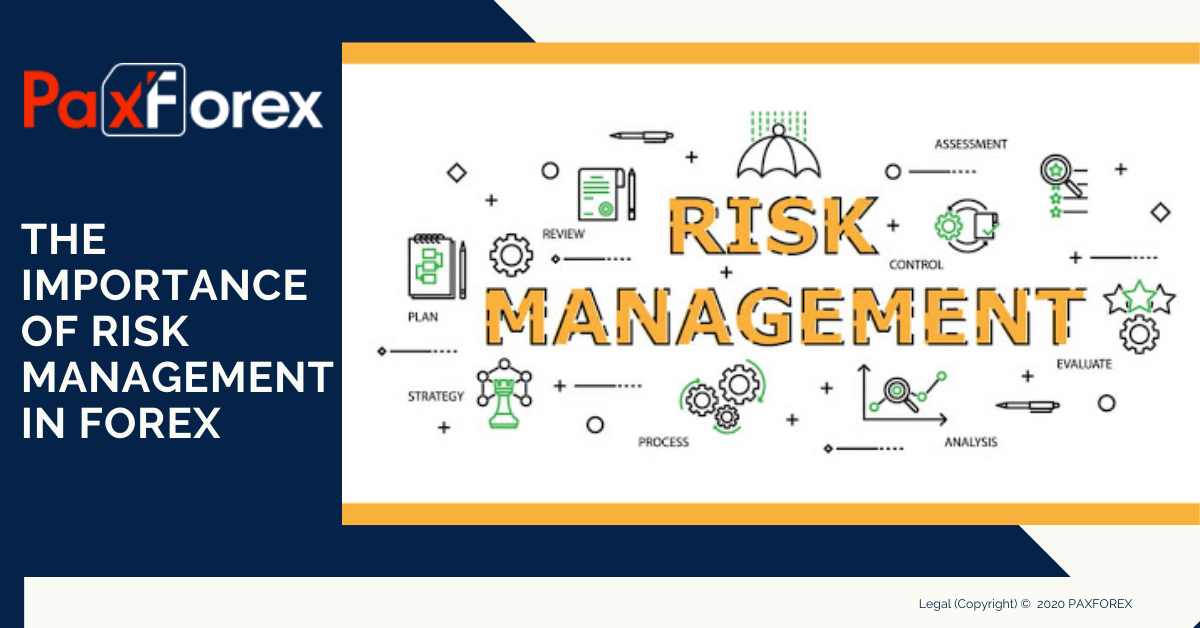Addressing the Unseen Risks: The Importance of Risk Management in Technology
Addressing the Unseen Risks: The Importance of Risk Management in Technology
Blog Article
The Essential Significance of Risk Management in Achieving Organizational Goals
In the swiftly developing business landscape, the capability to navigate unpredictability has come to be an important. This is where Risk Management actions in, offering an organized technique to determining, analyzing, and mitigating prospective obstacles to progress. It's greater than simply a protective measure - it's a tactical device, cultivating resilience and advancement. As we check out the critical role of Risk Management in accomplishing organizational objectives, one can not help however ask yourself: exactly how does this equate right into real-world success?
Recognizing the Idea of Risk Management in Service

The Indispensable Role of Risk Management in Strategic Planning
Incorporating Risk Management right into calculated planning acts as a guard for organizations, securing their long-lasting strategies with a strong structure of readiness and strength. It runs as the organization's radar, discovering potential dangers and vulnerabilities that can interrupt the path in the direction of attaining their stated goals. Risk Management provides a framework for expecting unpredictabilities and developing ideal responses, making certain the company's survival and success even in the face of difficulty. By including Risk Management right into tactical planning, companies can change these unpredictabilities right into possibilities for growth and advancement. This calculated interweaving of Risk Management cultivates flexibility, making organizations extra robust and enabling them to navigate the ever-changing service landscape with confidence. Consequently, Risk Management becomes a crucial device in strategic preparation, crucial in securing lasting success.

Methods for Identifying, Assessing, and Prioritizing Risks
Browsing the facility landscape of risks needs the application of specific techniques for their recognition, analysis, and prioritization. The process begins with Risk recognition, utilizing devices such as SWOT evaluation, which helps in identifying possible dangers and possibilities. Next off, Risk assessment is performed to determine the potential influence and possibility of each Risk. Tools such as Risk matrices and impact-probability graphes are used for this. Risks are prioritized based on their prospective effect and possibility, enabling organizations to focus their resources on high-priority risks. This systematic approach my company guarantees a comprehensive understanding of the Risk landscape, making it possible for companies to make informed decisions and successfully take care of risks to accomplish their objectives - importance of risk management.
Safeguarding Organizational Procedures With Efficient Risk Management
In the business landscape laden with unpredictabilities, effective Risk Management plays an essential role in securing business operations. It serves as a safety guard, reducing the unfavorable effects of potential dangers and making certain the smooth performance of all procedures. By recognizing and evaluating possible hazards, Risk Management makes it possible for companies to develop robust backup strategies. This precautionary approach help in preserving operational security, even when confronted with unanticipated situations. Fundamentally, Risk Management is the lifeline that keeps the organizational procedures afloat in the middle of stormy waters. It makes certain not only the survival yet the lasting growth of an Visit This Link organization, making it an essential device in accomplishing company purposes. Therefore, organizations should purchase thorough Risk Management methods to guard their procedures.

Transforming Possible Threats to Opportunities: The Power of Risk Management
A positive technique to risk Management involves identifying, examining, and prioritizing threats to design approaches that turn them into potential benefits. Hence, by leveraging the power of Risk Management, organizations can not just protect their procedures however likewise spur growth and attain their objectives in an uncertain organization atmosphere.
Situation Studies: Success Stories of Risk Management Driving Company Objectives
Effective execution of continue reading this Risk Management approaches has yielded remarkable lead to various companies, highlighting the qualities of this technique. International companies like Microsoft and Google, as an example, have leveraged Risk Management to reduce threats and manipulate opportunities, driving their organization goals forward. Microsoft's positive Risk Management approach helped it pivot quickly throughout the 2020 pandemic, transitioning to remote work efficiently, therefore preserving efficiency. Google, by analyzing and alleviating possible dangers in its cloud-based solutions, has made sure nonstop service, consequently reinforcing consumer depend on. These instances illustrate how successful Risk Management can not only steer services clear of prospective pitfalls yet also direct them towards their strategic purposes. Hence, Risk Management is indispensable to the search of organizational goals.
Final thought
In verdict, Risk Management is essentially crucial in accomplishing business objectives. It offers a methodical strategy to determining, evaluating, and attending to possible risks and chances. Greater than simply mitigating risks, it likewise promotes innovation, resilience, and sustainable development. By integrating Risk Management right into strategic planning, organizations can better browse unpredictabilities, guard operations, and capitalise on opportunities, consequently aligning with lasting objectives.
At its core, Risk Management is the procedure of determining, evaluating, and attending to prospective risks that could negatively impact a company's goals or operations. Next, Risk assessment is conducted to ascertain the potential effect and chance of each Risk. Risks are focused on based on their prospective impact and probability, permitting organizations to focus their sources on critical dangers. By identifying and assessing potential threats, Risk Management makes it possible for companies to establish robust backup strategies. A positive approach to take the chance of Management involves recognizing, examining, and prioritizing risks to design methods that turn them into possible advantages.
Report this page